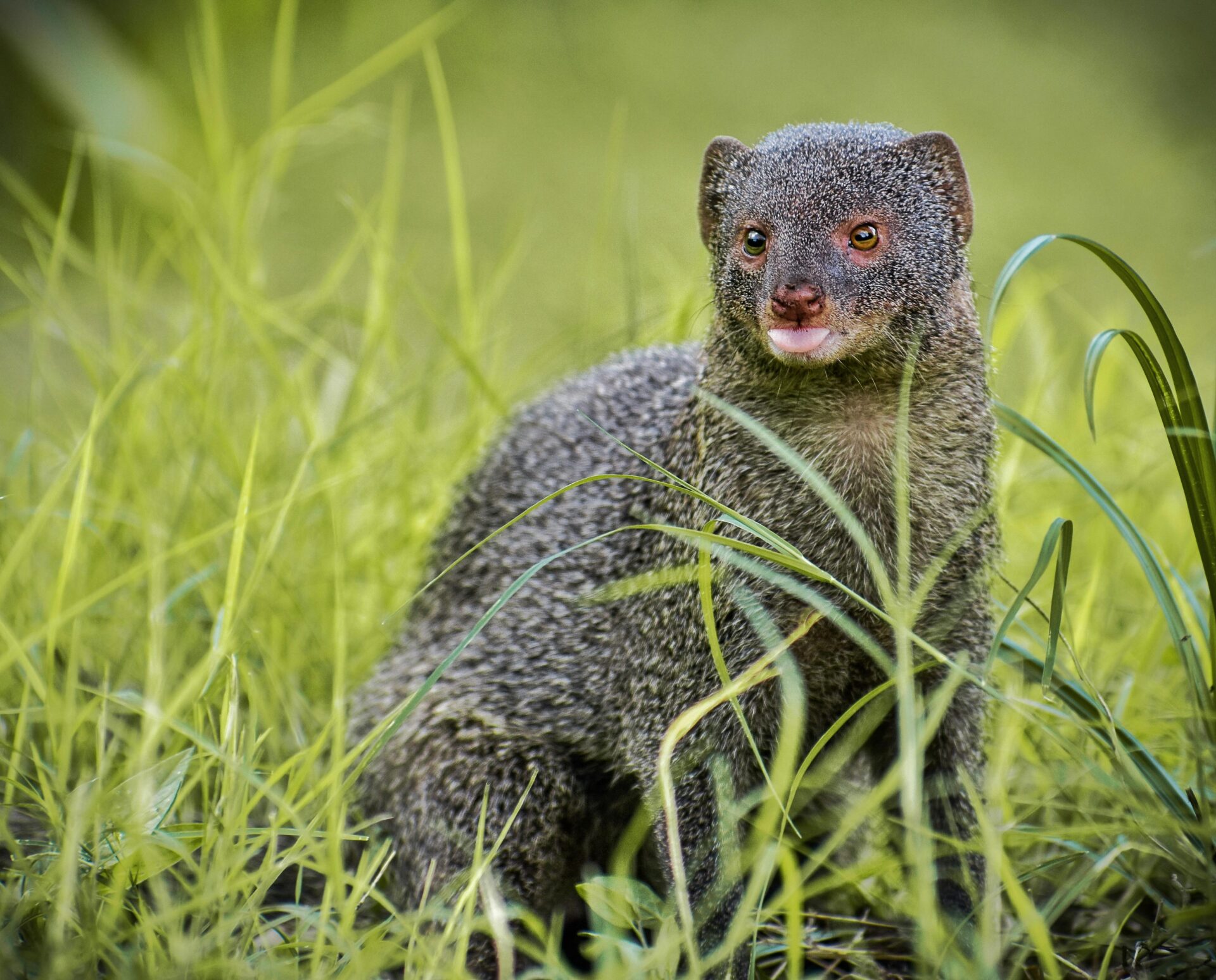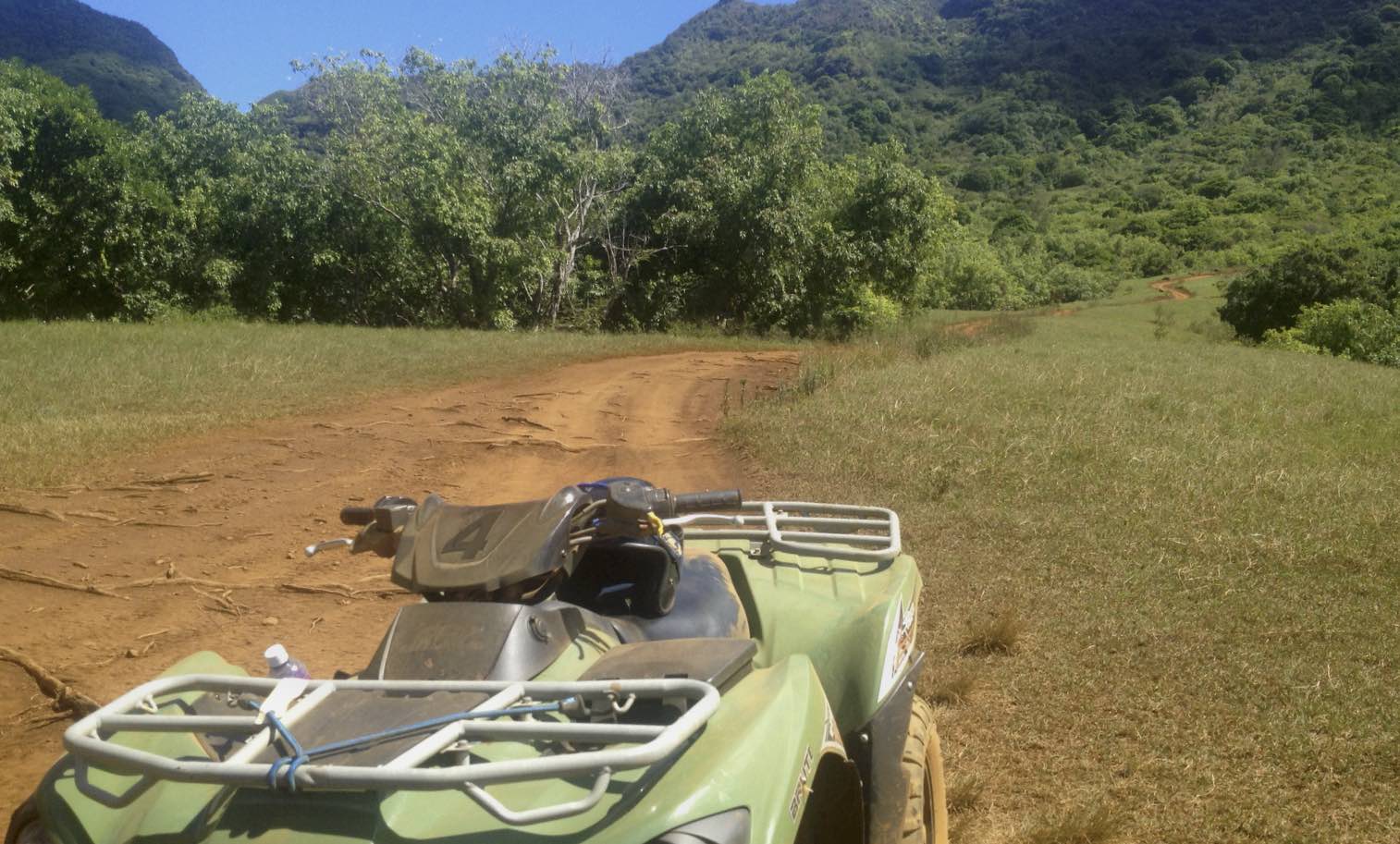The introduction of the mongoose to Hawaii is a fascinating yet cautionary tale about the unintended consequences of human intervention in ecosystems. In the late 19th century, the mongoose was brought to Hawaii with good intentions but ended up causing significant ecological problems.
The Arrival of the Mongoose in Hawaii
In the 1800s, Hawaii’s burgeoning sugar industry faced a major problem: rats. These rodents were wreaking havoc on sugar cane crops, prompting plantation owners to seek a solution. In 1883, they decided to introduce the small Indian mongoose (Herpestes javanicus) to the islands, starting with Maui, and then expanding to Oahu, Molokai, and the Big Island. The idea was that mongooses, being natural predators of rats, would help control the rodent population and protect the valuable crops.

A Critical Oversight
However, the lack of foresight meant there was a significant flaw in this plan. Rats are nocturnal, meaning they are active at night, while mongooses are diurnal, meaning they are active during the day. Because their activity periods didn’t overlap, the mongooses and rats rarely encountered each other. Consequently, the introduction of mongooses did little to control the rat population.
Impact on Native Wildlife
Instead of preying on the rats, the mongooses turned their attention to Hawaii’s native species. Ground-nesting birds, in particular, became easy targets. The mongooses began preying on bird eggs, hatchlings, and even adult birds, leading to a sharp decline in native bird populations. Species such as the Hawaiian goose (nene) and the Hawaiian petrel suffered significant losses due to mongoose predation.
Ecological Consequences
The introduction of the mongoose has disrupted Hawaii’s delicate ecological balance. Many of Hawaii’s native species evolved without natural predators and were ill-prepared for the arrival of the mongoose. This disruption has had long-term consequences, contributing to the decline and extinction of several native species and complicating conservation efforts.

Control Measures
Efforts to control the mongoose population in Hawaii have included trapping and removal programs, especially in areas where native birds are most vulnerable. Despite these efforts, completely eradicating mongooses from the islands has proven to be extremely challenging due to their widespread presence and ability to reproduce quickly.
Lessons Learned
The story of the Hawaiian mongoose serves as a powerful reminder of the potential consequences of introducing non-native species into an ecosystem. It underscores the importance of conducting thorough ecological impact assessments before implementing biological control measures. This situation highlights how well-intentioned actions can lead to unforeseen and often irreversible environmental damage.
The mongoose continues to pose a significant ecological challenge in Hawaii. While efforts to mitigate its impact are ongoing, the legacy of its introduction is a testament to the complexities of ecological balance and the far-reaching effects of human intervention. The story of the Hawaiian mongoose is a lesson in the importance of respecting and understanding natural ecosystems before making significant changes.
Check out my guide series for more stories and legends, as well as hiking trails, activities, sights, dining and more. Whether you’re visiting Hawaii, Las Vegas or one of our country’s incredible National Parks, my believable guides will lead you to unbelievable vacations.

ATVs

Kipu Ranch Adventures
Kipu Ranch Adventures is our top choice for ATV tours. Their most popular tour, the 3-hour Off-Road Ranch Tour features the stunning Ha‘upu Range backdrop, wooded areas along the Raiders of the Lost Ark stream, and a rare view of Kipu Kai. They also offer a waterfall tour.



0 Comments